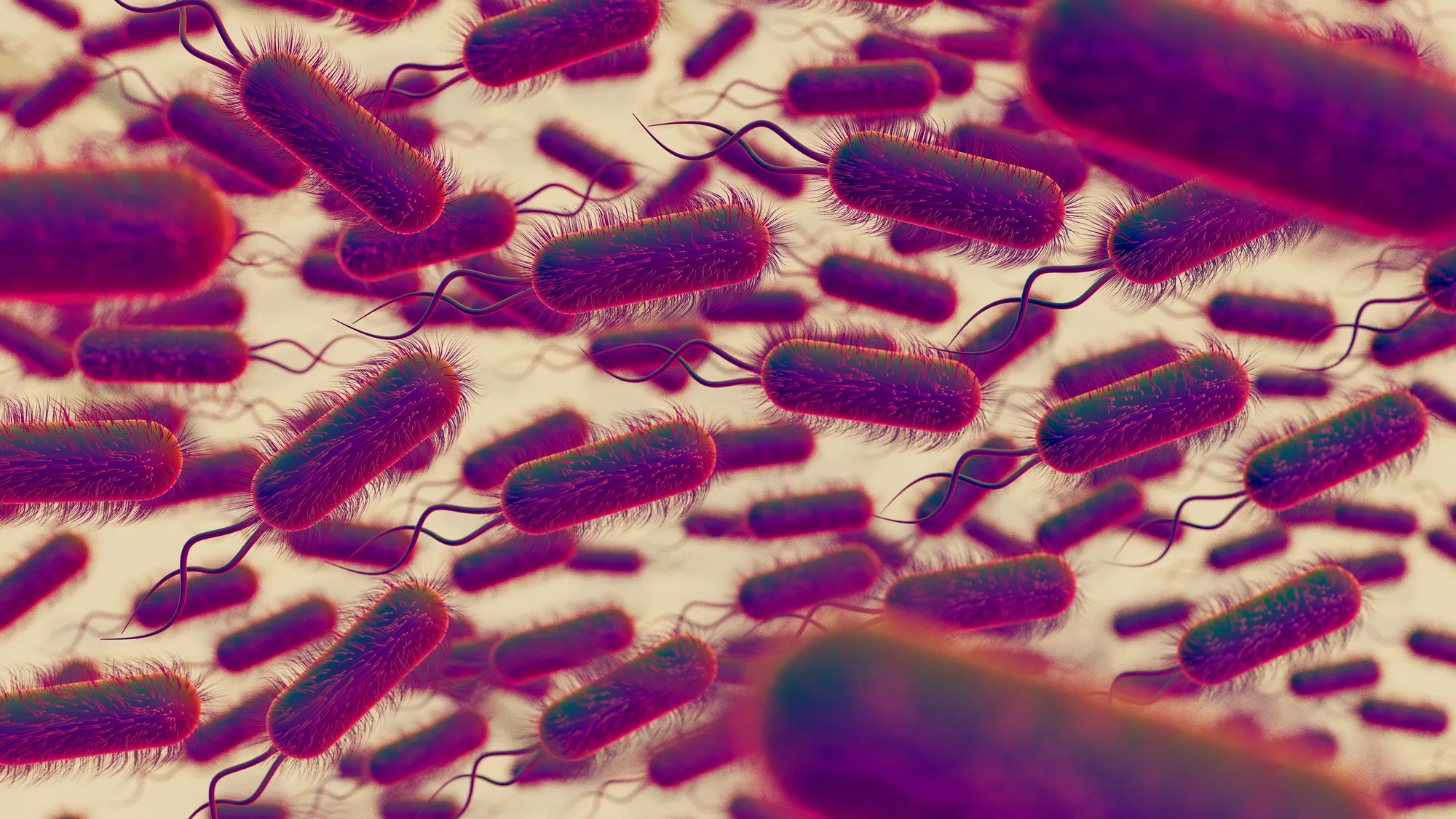The utilization of tick cell lines for in vitro studies has advanced the field of tick research substantially, particularly in proteomic analysis. However, these cell lines exhibit tissue-specific responses to infections, making it essential to undertake extensive characterization. Recent research into the proteomic comparison of various tick cell lines has yielded valuable insight, which could enhance the use of these cell lines as models for probing host-vector-pathogen interactions.
Introduction
Ticks are recognized as one of the primary vectors for the transmission of pathogens that cause diseases in humans and animals. As vectors, they play a critical role in the ecology of infectious diseases. The study of ticks and their interactions with pathogens is vital for understanding the mechanisms of disease transmission and developing strategies for prevention and control.
One of the critical tools in tick research is the use of tick cell lines. Cell lines derived from ticks offer a controlled environment to study various aspects of tick biology, including the interaction with pathogens. These in vitro systems facilitate the examination of physiological processes, response to infections, and the potential development of anti-tick vaccines. However, the complexity of tick-pathogen interactions necessitates a deeper understanding of the specificities found within these cell lines.
The Research Study
A groundbreaking study published on May 21, 2019, in Parasites & Vectors (DOI: 10.1186/s13071-019-3460-5), by Dmitry S. Loginov and colleagues from the Faculty of Science at the University of South Bohemia and the Institute of Parasitology at the Biology Centre of the Czech Academy of Sciences, aimed to dissect the tissue-specific signatures within various tick cell lines.
The study focused on five cell lines, three derived from the hard tick Ixodes ricinus, and two from I. scapularis. These cell lines underwent proteomic analysis using Matrix-Assisted Laser Desorption/Ionization-Time of Flight Mass Spectrometry (MALDI-TOF MS) and classical proteomic workflows, which included in-solution digestion followed by nanoLC-ESI-Q-TOF MS/MS and two-dimensional electrophoresis.
Results
By applying principal component analysis (PCA), the researchers found that the MS profiles of the tick cell lines could be grouped into three distinct clusters. This clustering indicated a tissue-specific proteomic signature among the cell lines. Additionally, by comparing the MS spectra of the cell lines to that of *I. ricinus* tick organs, the study uncovered 29 shared peaks. Remarkably, several organ-specific signals, including five unique to ovaries, three each distinct to gut and salivary glands, and one characteristic of Malpighian tubules, were identified.
For the first time, researchers were able to assign certain characteristic peaks in MS profiles of tick cell lines to proteins identified in acidic extracts of these lines. This breakthrough adds a new layer of understanding to tick cell line proteomics, where organ-specific MS signals can be traced back to their origins in the tick anatomy.
Discussion
The findings from this study have significant implications in the field of vector-borne diseases. The characterization of tissue-specific signatures in tick cell lines enhances the utility of these cultures in modeling various aspects of tick biology and pathogen interaction. With the identification of unique proteomic signals corresponding to different tick organs in the cell lines, researchers can now investigate tick-pathogen dynamics with greater precision.
This advancement also opens new possibilities for the development of targeted interventions against tick-borne diseases. By understanding the specific proteins and pathways involved in tick-pathogen interactions, researchers can formulate strategies to disrupt these processes and prevent the transmission of pathogens.
Conclusion
The comprehensive proteomic characterization of tick cell lines as presented by Loginov et al. marks a pivotal step in furthering our understanding of tick biology and its relationship with pathogens. By providing detailed insights into the tissue-specific proteomic signatures of tick cell lines, this research equips scientists with valuable tools for advancing the study of tick-borne diseases.
Researchers and practitioners in the field of parasitology and vector-borne diseases should consider these findings as they design experiments and interventions aimed at controlling tick populations and the pathogens they carry.
Future Directions
The discovery of tissue-specific signatures in tick cell lines suggests the potential for even more precise and tailored investigations into the mechanisms of pathogen transmission and interaction. Future research is likely to focus on the functional analysis of these specific proteins and their role in the life cycle of both the ticks and the pathogens they carry.
Expanding this research to include additional tick species and pathogens will provide a more comprehensive understanding of the diversity of host-vector-pathogen interactions and the evolutionary strategies employed by both ticks and pathogens.
References
1. de la Fuente, J. et al. (2008). Overview: ticks as vectors of pathogens that cause disease in humans and animals. Front Biosci., 1, 6938–6946. (DOI: 10.2741/3200)
2. Bell-Sakyi, L. et al. (2007). Tick cell lines: tools for tick and tick-borne disease research. Trends Parasitol. 23, 450–457. (DOI: 10.1016/j.pt.2007.07.009)
3. Alberdi, P. et al. (2016). Tissue-specific signatures in the transcriptional response to Anaplasma phagocytophilum infection of Ixodes scapularis and Ixodes ricinus tick cell lines. Front Cell Infect Microbiol. 6, 20. (DOI: 10.3389/fcimb.2016.00020)
4. Loginov, D. S. et al. (2019). Tissue-specific signatures in tick cell line MS profiles. Parasit Vectors. 12, 212. (DOI: 10.1186/s13071-019-3460-5)
5. Yssouf, A. et al. (2013). Matrix-assisted laser desorption ionization-time of flight mass spectrometry for rapid identification of tick vectors. J Clin Microbiol. 51, 522–528. (DOI: 10.1128/JCM.02665-12)
Keywords
1. Tick Cell Lines
2. Proteomic Analysis Ticks
3. Tick-Pathogen Interactions
4. MALDI-TOF MS Tick Research
5. Tissue-Specific Signatures Ticks
With these keywords, the article stands to improve its visibility online, reaching researchers, academics, and professionals interested in tick biology, vector-borne diseases, and the growing field of proteomics within vector-pathogen research.
